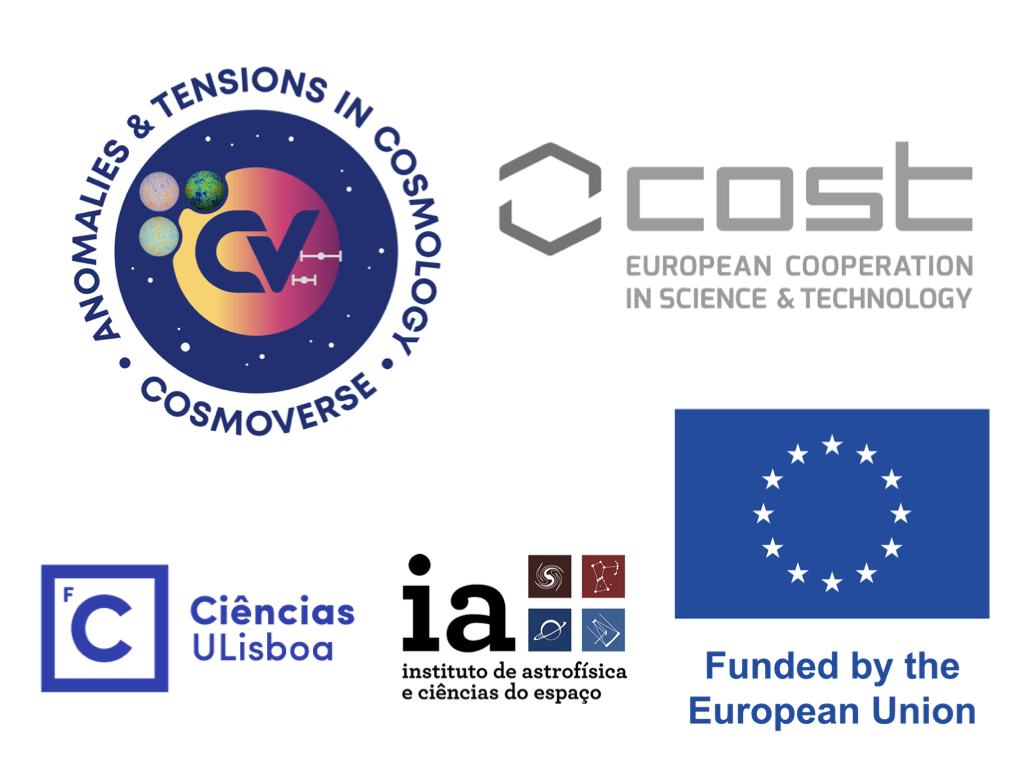Speaker
Description
"Cosmological models and their corresponding parameters are widely debated because of the current discrepancy
between the results of the Hubble constant, H0, obtained by SNe Ia, and the Planck data from the cosmic microwave
background radiation. Thus, considering high redshift probes like gamma-ray bursts (GRBs) is a necessary step.
However, using GRB correlations between their physical features to infer cosmological parameters is difficult
because GRB luminosities span several orders of magnitude. In our work, we use a three-dimensional relation
between the peak prompt luminosity, the rest-frame time at the end of the X-ray plateau,
and its corresponding luminosity in X-rays: the so-called 3D Dainotti fundamental plane relation.
We correct this relation by considering the selection and evolutionary effects with a reliable statistical method,
obtaining a lower central value for the intrinsic scatter, σint = 0.18 ± 0.07 (47.1 per cent) compared
to previous results, when we adopt a particular set of GRBs with well-defined morphological features,
called the platinum sample. We have used the GRB fundamental plane relation alone with both Gaussian
and uniform priors on cosmological parameters and in combination with SNe Ia and BAO measurements
to infer cosmological parameters like H0, the matter density in the universe (ΩM), and the dark energy
parameter w for a wCDM model. Our results are consistent with the parameters given by the Lambda cold dark
matter model but with the advantage of using cosmological probes detected up to z = 5, much larger than
the one observed for the furthest SNe Ia. We also show how many GRBs we would need to have
if we aim to achieve the precision of SNe Ia as reached by the Pantheon sample
by introducing a new GRB fundamental plane in optical wavelength."

